Your cart is currently empty!

The Taking of Christ – Caravaggio
Experience the profound emotional depth of “The Taking of Christ” by Caravaggio, a mesmerizing oil painting reproduction that invites you into a world of intense drama and spiritual conflict. This exceptional piece is meticulously crafted with unparalleled attention to detail, using only the finest materials to honor the artistic genius of Caravaggio.
Every brushstroke, every hue, and every t…
Masterpiece Rediscovered: An In-depth Look at Caravaggio’s The Taking of Christ
Introduction
Michelangelo Merisi da Caravaggio, one of the most influential figures in Baroque art, created numerous masterpieces, but few are as captivating and dramatic as The Taking of Christ. This painting, depicting the pivotal moment of Jesus’ arrest in the Garden of Gethsemane, was lost for nearly two centuries before being dramatically rediscovered in 1990. This article provides a comprehensive overview of The Taking of Christ, exploring its description, historical context, rediscovery, notable copies, and cultural impact.
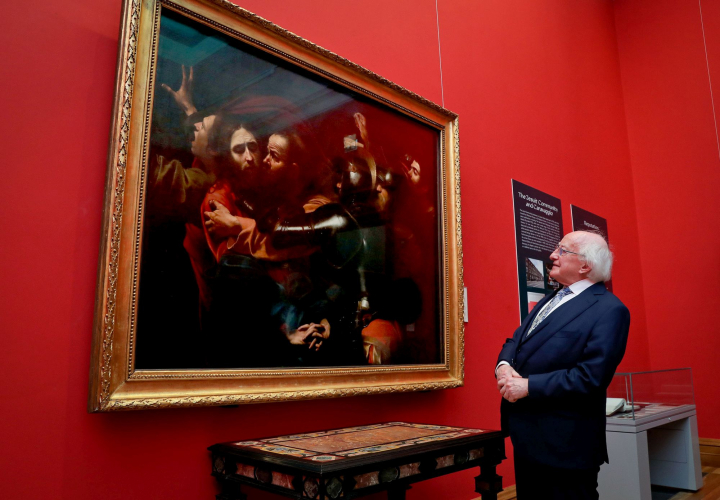
Description
The Taking of Christ presents a gripping scene where key figures converge in a moment fraught with emotion and tension:
- Jesus: Caravaggio illuminates Jesus’ face against the dark backdrop, highlighting his divine nature. This stark contrast emphasizes his calm acceptance of fate amid chaos.
- Judas: The infamous betrayer is depicted with a deceitful kiss, his embrace serving as a clear signal to the soldiers. His expression embodies both treachery and sorrow, reflecting the complexity of betrayal.
- John: Often identified as the youthful apostle, John is shown fleeing in terror, his open mouth and outstretched arms illustrating shock and fear in the face of impending violence.
- The Soldiers: Clad in metal armor, they signify the force and brutality of the arrest. The arresting officer at the center, prominently displaying a polished metal pauldron, commands attention and conveys a sense of authority.
- The Man with the Lantern: Many scholars believe this figure to be a self-portrait of Caravaggio himself. Holding a lantern that illuminates the scene, he symbolizes the duality of light and darkness, suggesting the possibility of redemption even amidst betrayal.
Caravaggio employs chiaroscuro—an artistic technique that juxtaposes light and shadow—to heighten the emotional intensity and draw the viewer’s focus to the central action. The dark background obscures the setting, emphasizing the figures and their emotional responses. As art scholar Anthony Apesos notes, Caravaggio contrasts the terrified John with his self-portrait to underline that “even a sinner one thousand years after the resurrection has a better understanding of Christ than does his friend.”
Moreover, the soldier’s polished armor acts as a mirror for the audience, inviting viewers to reflect on their own moral dilemmas and daily sins, as articulated by Franco Mormando: “as a mirror, a mirror of self-reflection and examination of conscience…inviting his viewers to see themselves reflected in the behavior of Judas.”
Historical Context
Commissioned in 1602 by Roman nobleman Ciriaco Mattei, The Taking of Christ was originally intended for the Mattei family’s private collection. The painting resonates deeply with the Baroque ethos, emphasizing drama, emotion, and the human experience. However, its prominence dwindled after Mattei’s death, leading to its disappearance in the late 18th century.
For nearly 200 years, The Taking of Christ remained lost, obscured by history until its dramatic rediscovery in 1990 by Sergio Benedetti, Senior Conservator of the National Gallery of Ireland. While examining a painting in the Dublin residence of the Society of Jesus, Benedetti recognized Caravaggio’s masterpiece, which had been misattributed as a copy by Gerard van Honthorst and hung in the Jesuits’ dining room. This revelation reignited interest in Caravaggio’s work and solidified the painting’s status as a significant Baroque masterpiece.
Rediscovery
The rediscovery of The Taking of Christ is a fascinating story that highlights the intricacies of art history and restoration. Once recognized, the painting underwent careful restoration and conservation, revealing the original vibrancy and detail that Caravaggio intended. The restoration process unveiled the masterpiece’s true colors and textures, further affirming Caravaggio’s genius.
The painting’s re-emergence led to increased scholarly attention, prompting discussions about its place within Caravaggio’s oeuvre and the broader Baroque period. Its restoration and subsequent exhibitions allowed audiences to engage with the painting on a new level, enhancing its appreciation and understanding.
Notable Copies
The Taking of Christ has inspired numerous copies and adaptations throughout the years, with at least twelve known replicas existing today. Some notable examples include:
- A version housed in the Metropolitan Cathedral of Sucre Museum in Bolivia.
- Another at St Bede’s College in Manchester.
One particularly contentious version, owned by the Sannini family in Florence, generated significant debate among art historians, with some claiming it was the original. However, pigment analysis revealed the presence of Naples yellow, a pigment that became available only after 1615, conclusively proving it was a later copy.
These copies illustrate the painting’s enduring legacy and its influence on both contemporaneous and subsequent artists. The ongoing debates surrounding its various reproductions reflect the broader conversations about authenticity and the value of art in understanding cultural history.
Cultural Impact
Caravaggio’s The Taking of Christ has transcended the art world, influencing various aspects of popular culture. Its striking imagery and themes resonate in different mediums:
- Film: The painting is referenced in Kevin Spacey’s Ordinary Decent Criminal and Mel Gibson’s The Passion of the Christ, underscoring its powerful visual storytelling.
- Music: The electro-acoustic improvisation group M.I.M.E.O. released an album in 2001 titled The Hands of Caravaggio, inspired by the artwork. The album’s exploration of sound parallels the painting’s emotional depth and complexity.
- Television: The BBC series The Private Life of a Masterpiece dedicated a 2009 Easter program to The Taking of Christ, examining its historical significance and impact on art.
These cultural references demonstrate how Caravaggio’s work continues to inspire and provoke thought in contemporary society, maintaining its relevance long after its creation.
Conclusion
Caravaggio’s The Taking of Christ is a powerful masterpiece that continues to captivate audiences centuries after its creation. Its dramatic composition, masterful use of light and shadow, and thought-provoking details have secured its place as one of the most significant Baroque paintings in history. The painting’s rediscovery in the 20th century, after centuries of being lost, adds an additional layer of allure and mystery. As audiences engage with this work, they are invited to explore the complexities of human emotion, betrayal, and redemption, ensuring that Caravaggio’s legacy endures for generations to come.
Sources
- “The Taking of Christ (Caravaggio) – Wikipedia,” Wikipedia, https://en.wikipedia.org/wiki/The_Taking_of_Christ_(Caravaggio).
- Apesos, Anthony. (Winter 2010). “The Painter as Evangelist in Caravaggio’s Taking of Christ”. Aurora. XI.
- Mormando, Franco, ed. (1999). Saints and Sinners: Caravaggio and the Baroque Image. McMullen Museum of Art.
Caravaggio
Caravaggio was an Italian Baroque painter renowned for his dramatic use of chiaroscuro and his intense, realistic depictions of human emotion and biblical scenes.
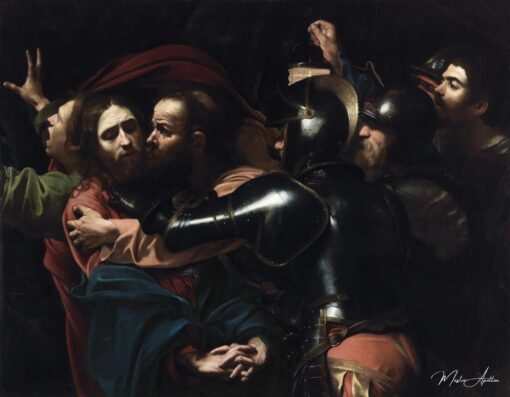
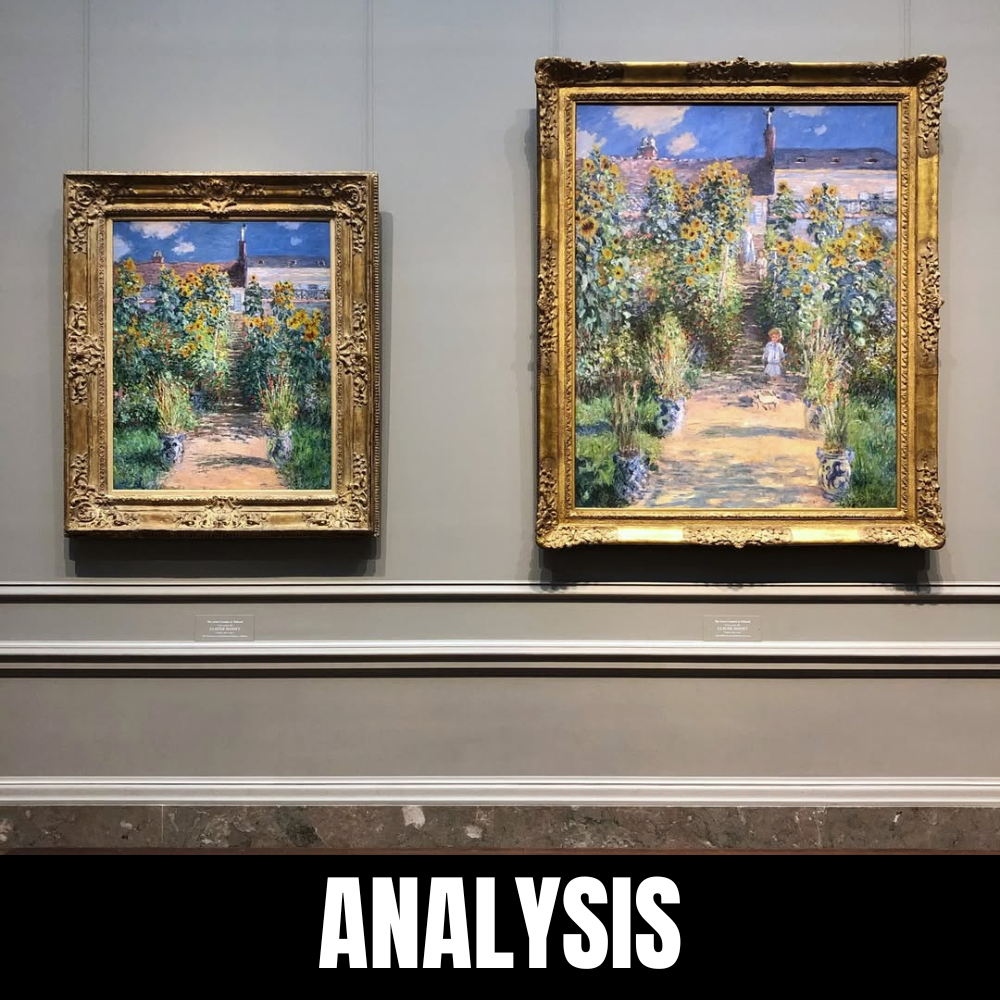
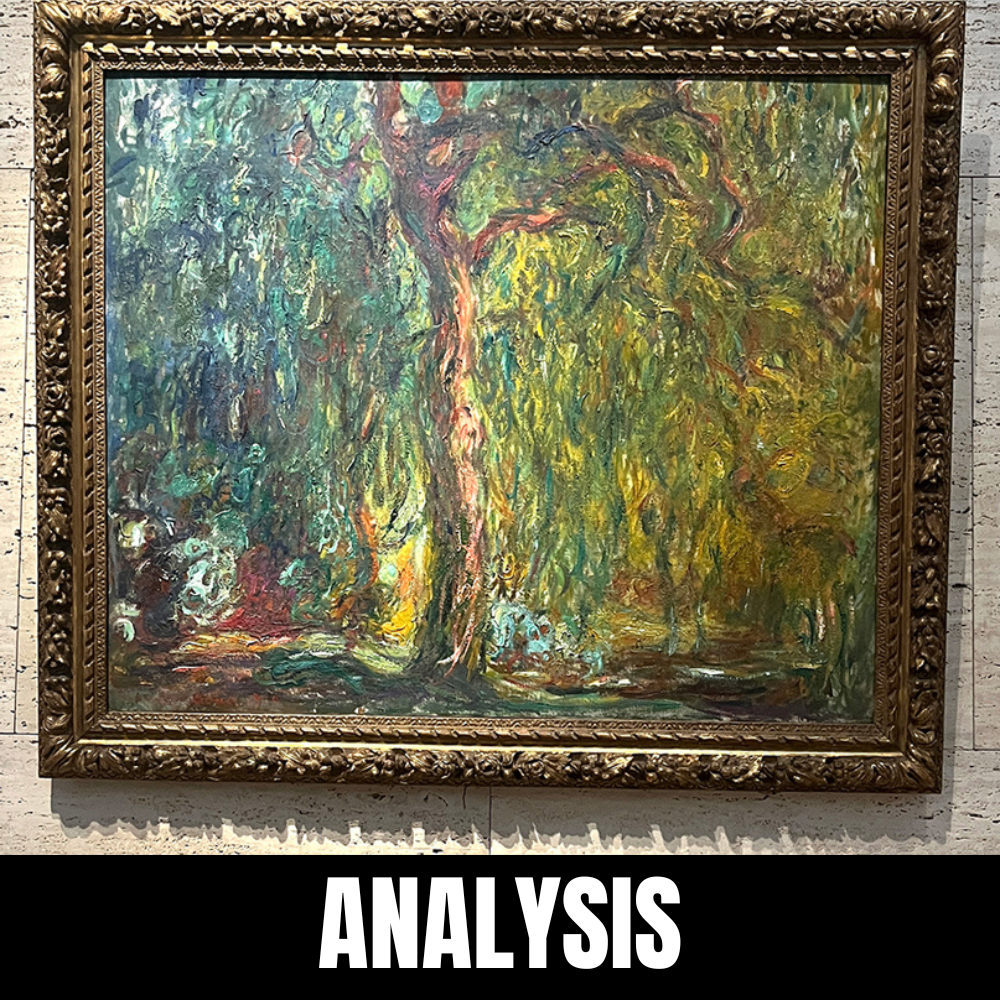
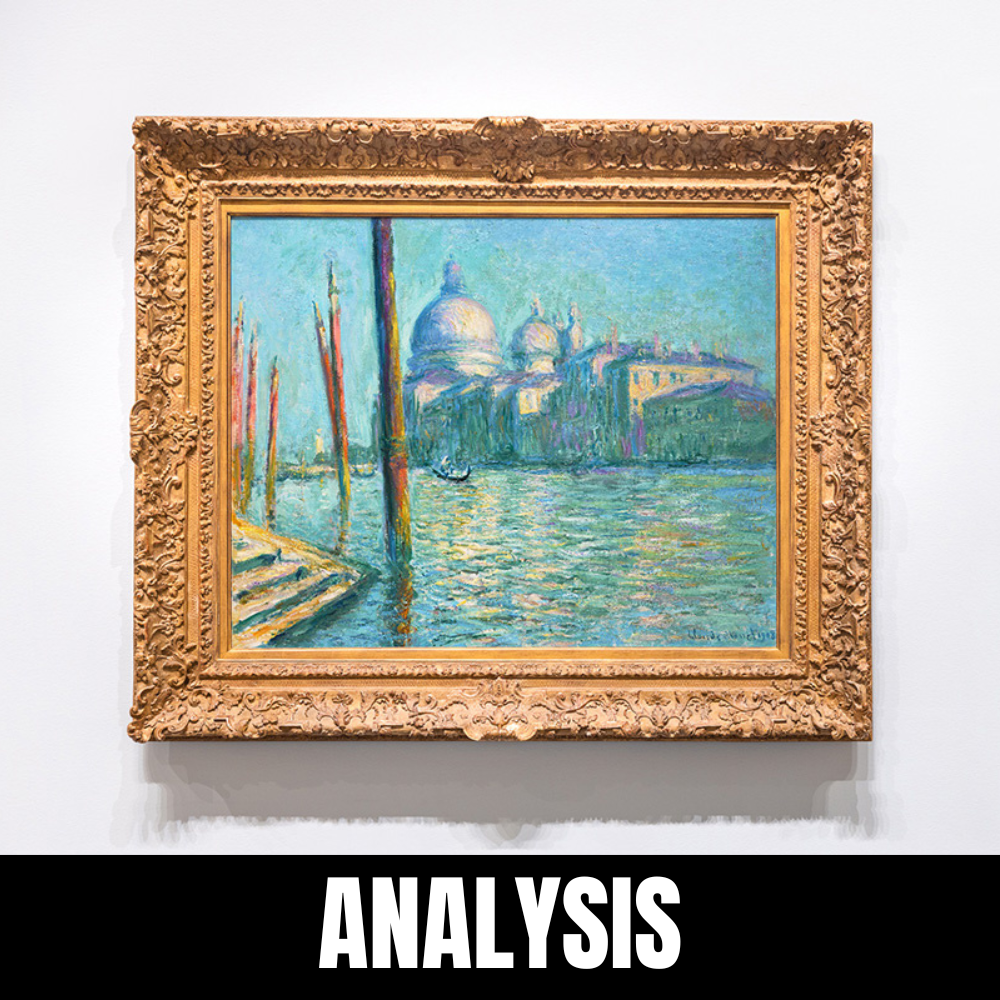
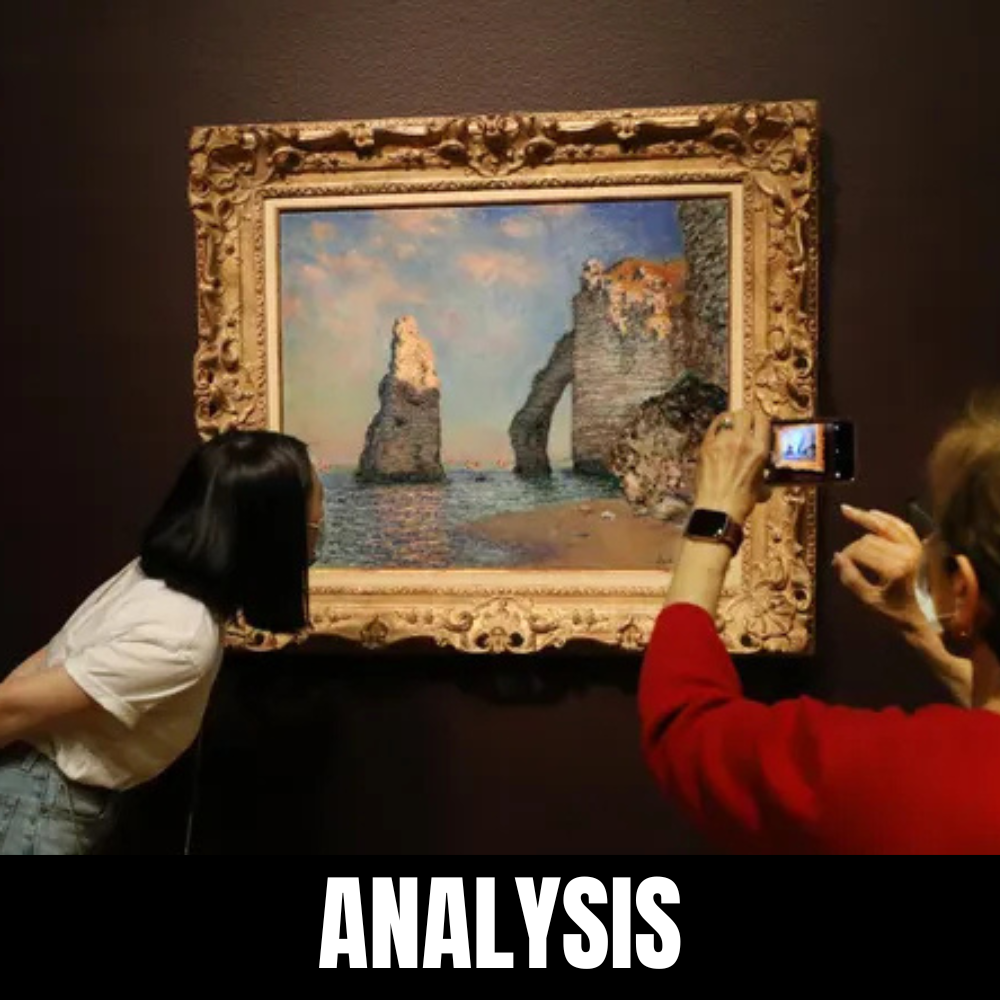
Leave a Reply